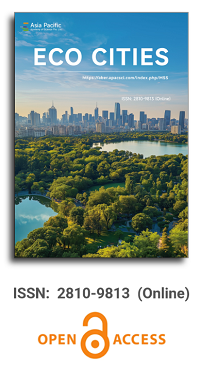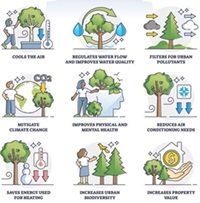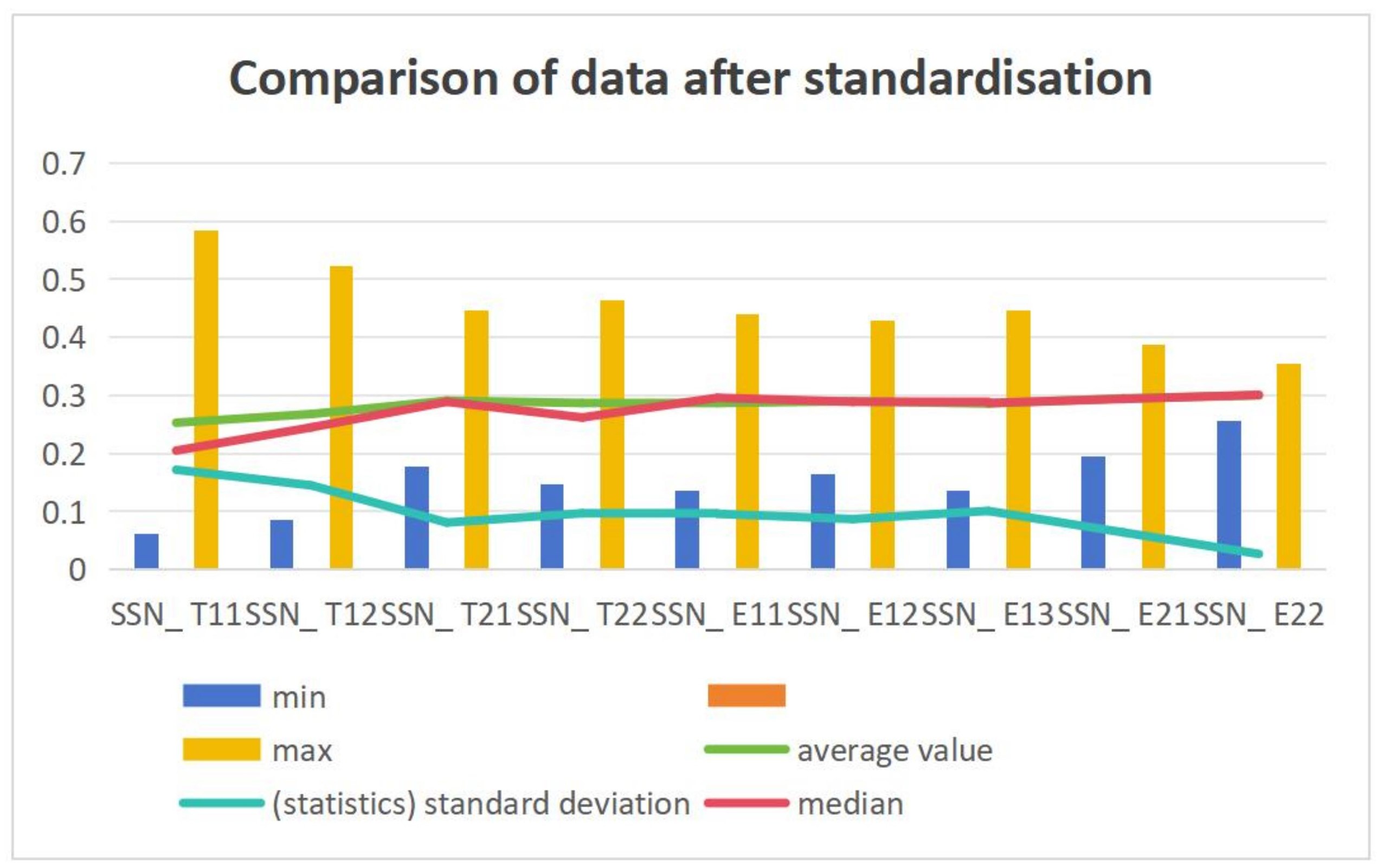


Welcome to Volume 1, Issue 1 of Eco Cities. This issue will offer readers five high-quality articles, including the most recent investigation into China's urbanization development path, the construction eco-city, a comparison of the characteristics of eco-city development, the dilemmas faced by urban development, and the relationship between urban development and law. These studies go over the principles of ecological civilization and sustainable development, summarize the bottlenecks of urban growth, and make useful recommendations for the development of eco-cities.
Issue release: 30 June 2020
Under the background that all countries in the world are facing the environmental pollution brought by the industrial revolution, the concept of sustainable development provides a new direction for the economic development of all countries. For cities that are both the center of human activities and the source of environmental pollution, green reform has become a key measure for countries to practice the concept of sustainable development, so green cities came into being. Under the guidance of national policies and in combination with its own characteristics, Nantes of France has successfully completed the transformation of a green city in less than 20 years through the green art transformation of transportation and public space of Shenzhen. China also relies on high technology to continuously reform and innovate in industrial structure, greening, haze control and water control, so as to realize the transformation of green city. The successful green city construction experience of the two cities provides reference for the development of green cities all over the world.
Issue release: 30 June 2020
The purpose of this article is to analyse the current relationship between urban law and sustainable cities, based on concepts of a general nature, the case of Ecuador. In this regard, the current reality in Ecuador is a model, because there are a limited number of appropriate legal regulations, the lack of practice in the academic community of urban planning law, the lack of policies to implement these regulations and, in your case, sanctions for non-compliance. From another perspective, this situation provides the possibility to propose real policies conducive to sustainable urban development. Finally, the purpose of this study is to test the following hypothesis, that is, the laws and regulations of the urban law are not truly autonomous, enough, consistent and appropriate, and can not guarantee the sustainable urban development. We will take the realistic temporal and spatial framework of Ecuador as a reference.
Issue release: 30 June 2020
Eco urban agglomeration is a highly harmonious compound ecosystem between man and nature, and a highly cooperative regional environmental community among environmental actors. The goal of eco city cluster construction is to optimize the overall function of regional ecosystem, improve the service quality of ecosystem, and form a highly unified urban aggregate of ecological space, ecological environment, ecological economy and ecological society. The action path of eco urban agglomeration construction is to innovate the system and mechanism of regional environmental governance, realize the cooperative governance of urban agglomeration environment, realize the coordination and connection of policy planning, regional environmental legislation cooperation and environmental supervision and management cooperation. Coordinate the management of the ecosystem of urban agglomerations, promote the construction of ecological functional areas of urban agglomerations, optimize the ecological spatial structure of urban agglomerations, and adhere to the ecological red line of urban agglomerations. By planning ecological cities and developing ecological economy, multiple subjects jointly promote the construction of ecological cities in urban agglomerations.
Issue release: 30 June 2020
Over the years, Medellin has faced a series of problems that hinder its clear vision for the future, which will make it more than drug trafficking and prostitution in the world. However, Medellin and many of its residents are currently acting to obtain better material conditions and facilitate the lives of their residents, who continue to suffer from appalling poverty, marginalization and violence due to the vulnerability of the state in vast territorial areas. Despite this difficult cultural landscape, the city has made far-reaching efforts, albeit limited, to improve Medellin’s observed prospects, so today it is considered an example of urban and social transformation in Latin America. In this way, large-scale projects such as green space and garden around the city have begun to overcome the extreme violence and decentralization of the state in recent years, which has enabled cities to expand to areas where human life and the environment are at high risk.
Issue release: 30 June 2020
The road of urbanization determines the fate of urbanization New urbanization with Chinese characteristics must meet the requirements of the times for the construction of ecological civilization and take the Ecological Urbanization Road of beautiful ecology, developed production and beautiful life. In the process of new urbanization with Chinese characteristics, building an ecological city is the direction, improving people’s happiness is the goal, building a “three oriented society” is the focus, developing ecological economy is the way, cultivating ecological culture is the engine, optimizing the “three living” space is the carrier, perfecting the “three living” system is the guarantee, and innovating the “three living” science and technology is the support. The research aims to provide new ideas for exploring a new urbanization road with Chinese characteristics.

Chinese Academy of Sciences, China
Indexing & Archiving
Asia Pacific Academy of Science Pte. Ltd. (APACSCI) specializes in international journal publishing. APACSCI adopts the open access publishing model and provides an important communication bridge for academic groups whose interest fields include engineering, technology, medicine, computer, mathematics, agriculture and forestry, and environment.


 Open Access
Open Access

.jpg)

.jpg)



